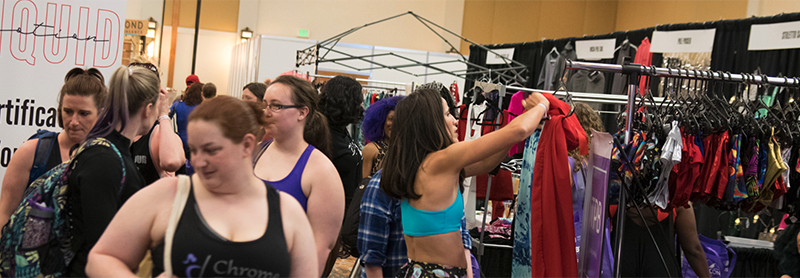Jumping back in time to the very first IPIA webinar (IPIA members can watch the…

SMART Goals for Business and Training (Part 1 of 2)
What is a SMART goal? It’s more than just the opposite of a “dumb” goal. SMART is an acronym commonly used in business and personal training.
SMART stands for Specific, Measurable, Achievable, Relevant, and Time-Bound.
Creating a goal within this framework allows a business owner or entrepreneur to be realistic and track their progress. The SMART framework works both for business goals and for physical performance goals.
SMART goals will answer the age old questions:
- Who?
- What?
- Where?
- When?
- Why?
- How?
What does a SMART goal look like in business?
An example of a business goal is consumer growth. Just saying “I want to grow my business” or “I want to grow my student base by 100 students” are nobel goals, but not well defined.
An example of a SMART goal in business would be:
I want to grow my student base by 20% in the next six months by adding one extra skill class every week and spending an additional $15 on Meta advertising.
Answering the questions:
- Who? Me.
- What? Grow my student base by 20%.
- Where? My studio.
- When? In the next six months.
- Why? For business success (implied).
- How? By adding a skill class and spending more money on marketing.
In addition to answering all the questions, this goal also covers the attributes of a SMART goal.
This goal is specific. It is well defined and unambiguous. It defines how much you want to grow your business and the method you plan to execute.
This goal is measurable. There is a defined amount of growth stated, a defined number of classes to add, and a defined amount of money to spend on advertising. You can check your booking system once or twice a month to see how your growth is doing, and track if you are meeting your spending goals for advertising.
This goal is (hopefully) achievable. Numbers may vary for your specific business. Ideally, when setting the percentage of growth (or whatever your goal may be), you are looking at your business history, referring to your SWOT assessment, and talking to trusted advisors.
This goal is relevant. It has to do with the health and wellness of your business and serving your community.
This goal is time-bound. It is constrained by the time frame set. At the end of the six month period, you can see if you met expectations, exceeded expectations, or were unable to fulfill the goal.
What happens if you don’t make your goal?
Some may consider not reaching their goal a “failure.”
However, it’s better to consider failure as a great opportunity to learn!
Ask yourself: Which part of the goal didn’t you fulfill? Did you spend less on advertising than intended? Were you unable to add a new class to your already full studio schedule? Did you grow but less than planned?
Re-evaluate the SMART goal with this new information and assess what changes to make so the next goal becomes achievable. Even if you didn’t achieve the whole goal, did you achieve part of it? That’s still a success!
So, you may have read all that and thought “Great, but I’m not a studio owner, what does a SMART goal look like for my business?”
Here are some examples for other pole centric businesses.
Pole Clothing Designer:
Design two new two-piece halter top boyshort bottom pole outfits for sale in the next three months and spend $10 to boost advertising.
Schedule a photo shoot with <favorite photographer> in the next two months to model new designs for advertising and inventory images.
Pole Equipment Fabricator:
Get five new brand ambassadors with at least 100k followers this month to expand business reach.
This week, experiment with one new grip aide mixture for sale at next year’s PoleCon booth.
Pole Performer:
Update website with new headshot and performance reel this week* and start advertising services on <platform of choice> to increase engagement 10% in the next two months.
*assuming you have the headshot and performance reel ready to go
Find several local photographers this week, so in the next month I can schedule a TFP (trade for portfolio) to capture performance awesomeness and use the materials for advertising.
Pole Instructor:
In this calendar year*, I will take a <named training course> teacher training course and start offering <named training> classes at my current place of employment twice a week to expand my repertoire as a coach.
*Note this one has a longer time frame since it’s a specific training we are looking for and held to their calendar.
All of these example goals answer who, what, where, when, why, how, and are bound by being specific, measurable, achievable, relevant, and time-bound. This structure sets us up for success.
Have more questions about SMART goals? Stay tuned for our part 2 when we talk about SMART goals in training and performance.



